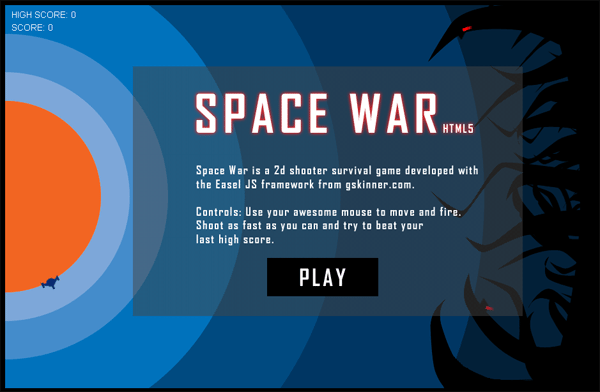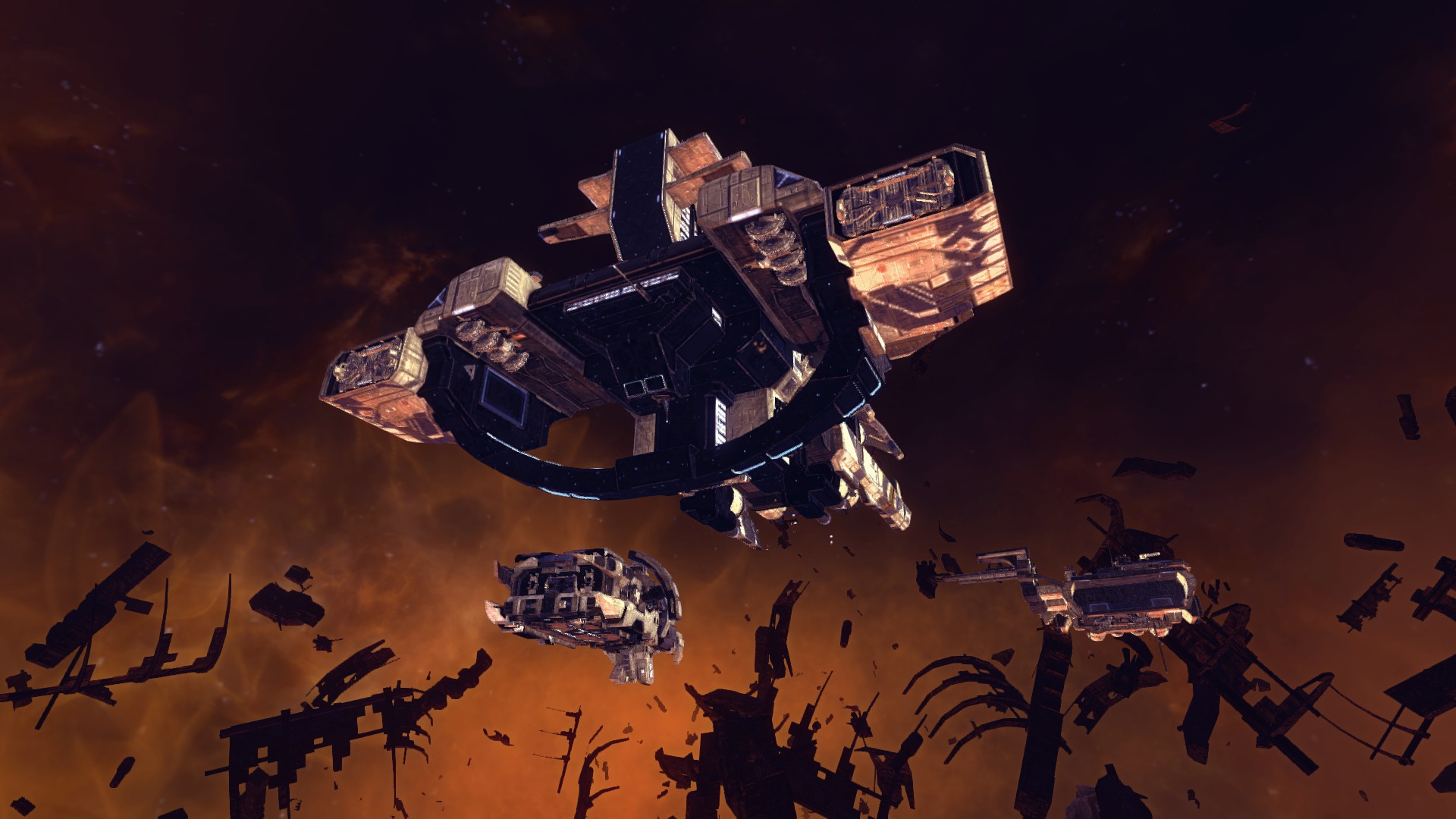

This even accounted for their retrograde motion – an illusionary change in the movement of planets through the sky. When manually rotated by a handle, the gears span dials on the exterior showing the phases of the Moon, the timing of lunar eclipses, and the positions of the five planets then known (Mercury, Venus, Mars, Jupiter, and Saturn) at different times of the year.

The device is now fragmented by the passage of time, but when intact it would have appeared as a box housing dozens of finely machined bronze gear wheels. The amazing device was discovered in an ancient shipwreck off the Greek island of Antikythera in 1900. The world’s oldest surviving mechanical calculator is the Antikythera Mechanism. Given that 7.5 degrees is 1/48th of a circle, he multiplied the distance from Rhodes to Alexandria by 48, and arrived at a value also of approximately 40,000km. However, when in Alexandria, in Egypt, he noted Canopus would ascend to some 7.5 degrees above the horizon. There he observed the bright star Canopus would lie very close to the horizon.

Posidonius lived on the island of Rhodes for much of his life. Later, another scientist called Posidonius (135BC to 51BC) used a slightly different method and arrived at almost exactly the same answer. This is within a couple of percent of the actual value, as established by modern geodesy (the science of the Earth’s shape).

Eratosthenes used this to estimate the Earth’s circumference as approximately 40,000km. So the difference in the shadows demonstrated how much the Earth’s surface curved. The Sun is sufficiently far away that, wherever its rays arrive at Earth, they are effectively parallel, as had previously been shown by Aristarchus. Eratosthenes’ famous and yet simple method relied on measuring the different lengths of shadows cast by poles stuck vertically into the ground, at midday on the summer solstice, at different latitudes. Pythagoras is generally regarded as the earliest proponent of a spherical Earth, although apparently not its size. Among his many achievements was the earliest known calculation of the circumference of the Earth. The Earth's circumferenceĮratosthenes (276BC to 195 BC) was chief librarian at the Great Library of Alexandria, and a keen experimentalist. Today, we know the size and distance to the moon accurately by a variety of means, including precise telescopes, radar observations and laser reflectors left on the surface by Apollo astronauts. While his estimated distance to the Sun was too low (the actual ratio is 390), on account of the lack of telescopic precision available at the time, the value for the ratio of the size of the Earth to the Moon is surprisingly accurate (the Moon has a diameter 0.27 times that of Earth). He also estimated that the size of the Moon was approximately one-third that of Earth, based on careful timing of lunar eclipses.Ī 10th century reproduction of a diagram by Aristarchus showing some of the geometry he used in his calculations. They realised this from solar eclipses, caused by the Moon passing in front of the Sun at a certain distance from Earth.Īlso, at the instant when the Moon is at first or third quarter, Aristarchus reasoned that the Sun, Earth, and Moon would form a right-angled triangle.Īs Pythagoras had determined how the lengths of triangle’s sides were related a couple of centuries earlier, Aristarchus used the triangle to estimate that the distance to the Sun was between 18 and 20 times the distance to the Moon. It had long been observed that the Sun and Moon appeared to be of the same apparent size in the sky, and that the Sun was further away. In this remarkable treatise, Aristarchus laid out the earliest known attempted calculations of the relative sizes and distances to the Sun and Moon. One of Aristarchus’ books that did survive is about the sizes and distances of the Sun and Moon. Nevertheless it is a jawdropping finding, especially when you consider that it wasn’t rediscovered until the 16th century, by Nicolaus Copernicus, who even acknowledged Aristarchus during the development of his own work. Aristarchus knew the Sun was much bigger than the Earth or the Moon, and he may have surmised that it should therefore have the central position in the solar system. Unfortunately, the original text in which he makes this argument has been lost to history, so we cannot know for certain how he worked it out. This is the earliest known heliocentric theory of the solar system. Aristarchus of Samos (310BC to 230BC) argued that the Sun was the “central fire” of the cosmos and he placed all of the then known planets in their correct order of distance around it. A few centuries later, there had been a lot of progress.


 0 kommentar(er)
0 kommentar(er)
